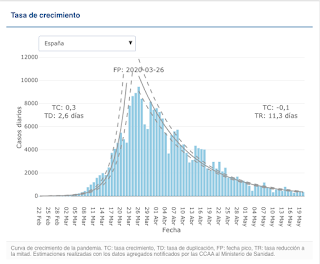Hi guys!!!
How are you?? Today, I'm here to show you another idea to work statistics with your students, they'll become investigators!! 🕵️♀️ Don't you think they'd love this idea?? Come on! Read this post for more information...
I don't know if you remember it, but, in the last post about statistics, I told you that we should show to our students how to classify data, the different ways to do it, the graphics we could use...
Now, I want to recommend you to introduce your students in the process of creating their own graphics with their own collection of data! So as to do it, I've thought about working with allergies. What's your opinion about it? I'm going to explain to you my idea...

We could explain to students that, in groups of 4 people, they have to search for information about allergies in their families. How to do it? Easy! In order to develop their digital competence, first of all, they'd have to create their own google questionnaire! Some of the questions that should appear are the following ones:
- Are you an allergic person?
- When did you first know that you were allergic? (If you aren't allergic put "No" and if you are put 0,1, 2, ...)
- How many different allergies do you have? (0,1,2, ...)
- What are you allergic to?
Some of their relatives have to complete the questionnaire, and then, with all the data, they could create different graphics using Microsoft Excel!
For example, they could calculate the percentage of people that are allergic and compare it with the one of people who are not allergic, they could classify people depending on the moment (their age) they discovered they had an allergy... They could also classify people by the number of allergies they have... and then, they could also see which type of allergies are more common, etc.
As you can see, they could do a really interesting project with these data. Obviously, they'd need our help during this process, but I'm sure that it'll be worth it!
What do you think about it? Let me know your opinion in the comments!
Thank you!!!!
What do you think about it? Let me know your opinion in the comments!
Thank you!!!!


